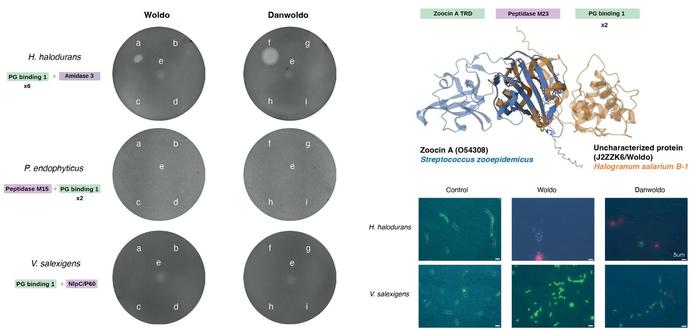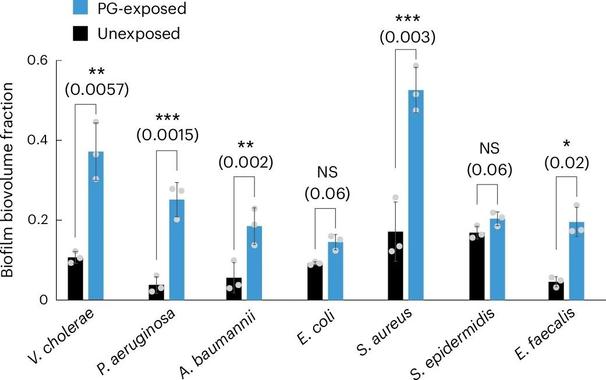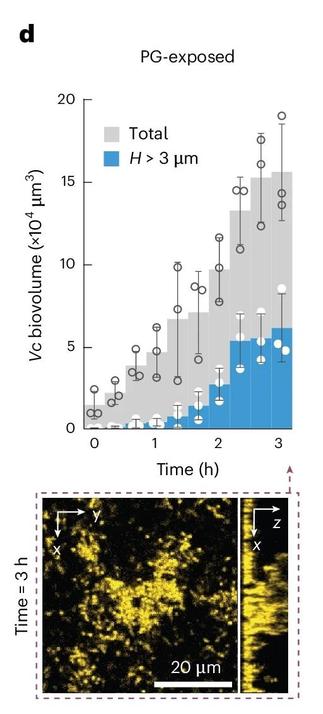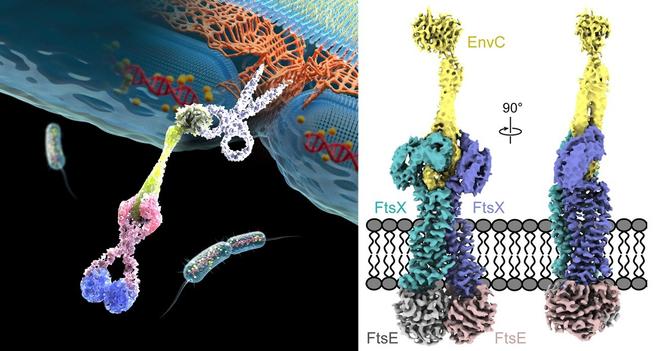New #studies show that a #bacterial molecule, #peptidoglycan, is present in the #brain and fluctuates with #sleep patterns. This challenges the idea that sleep is solely brain-driven, instead suggesting it’s a #collaborative process between our #bodies and #microbiomes. The theory links #microbes not only to sleep but also to #cognition, #appetite, and #behavior, pointing to a profound #evolutionary relationship
https://www.sciencedaily.com/releases/2025/09/250925025336.htm

Hidden bacterial molecules in the brain reveal new secrets of sleep
New studies show that a bacterial molecule, peptidoglycan, is present in the brain and fluctuates with sleep patterns. This challenges the idea that sleep is solely brain-driven, instead suggesting it’s a collaborative process between our bodies and microbiomes. The theory links microbes not only to sleep but also to cognition, appetite, and behavior, pointing to a profound evolutionary relationship.






